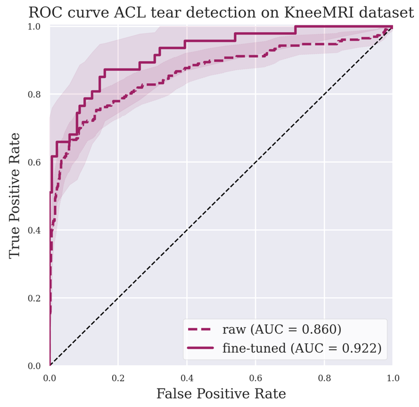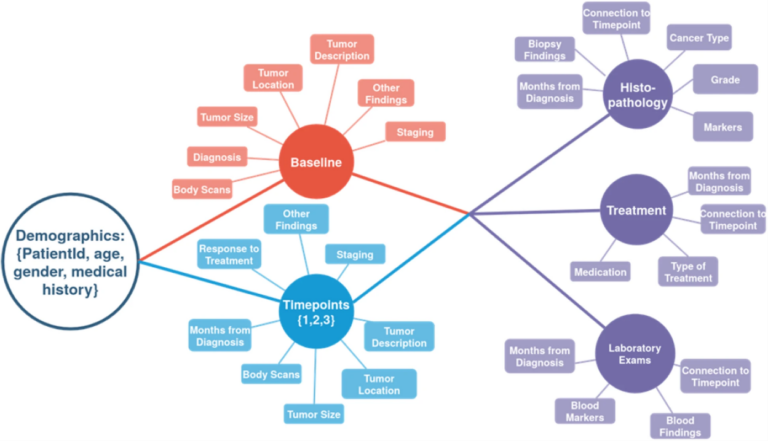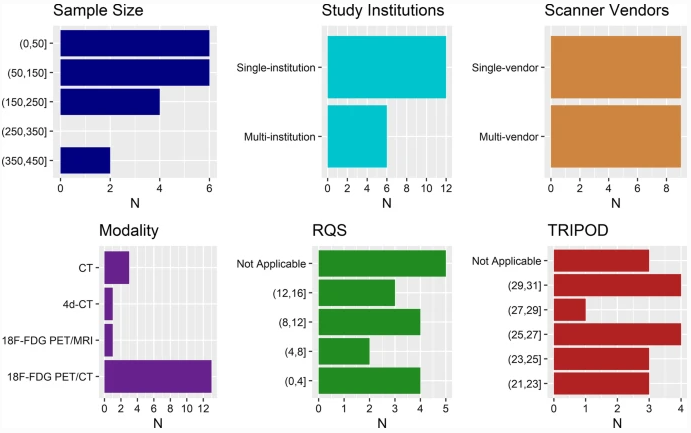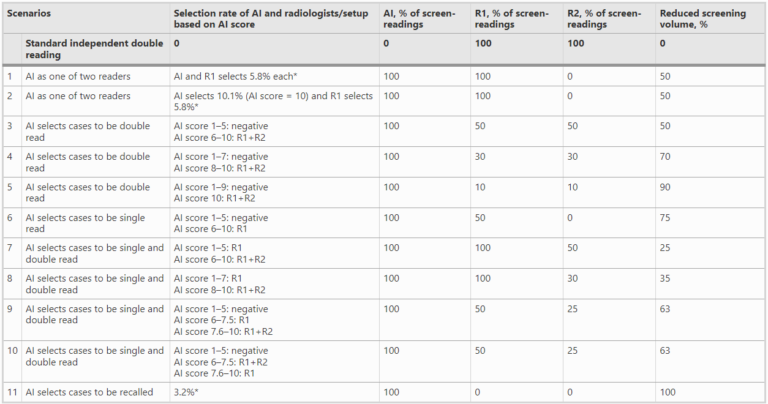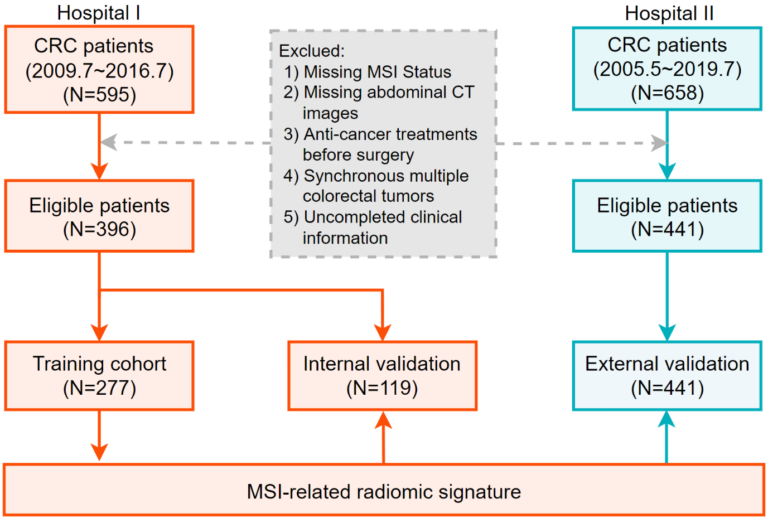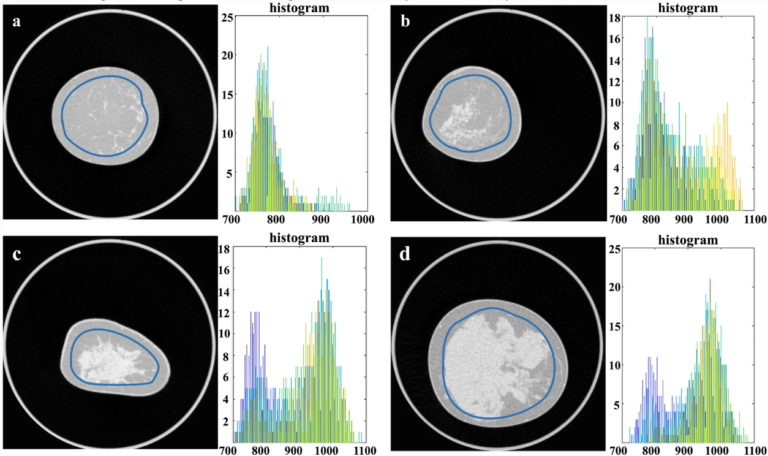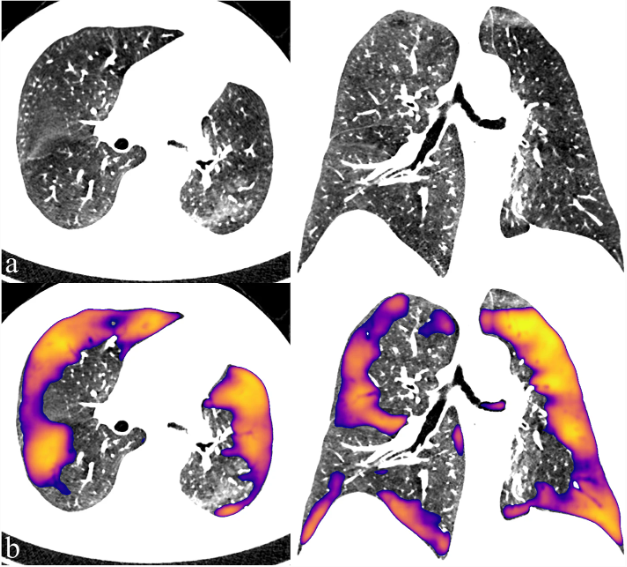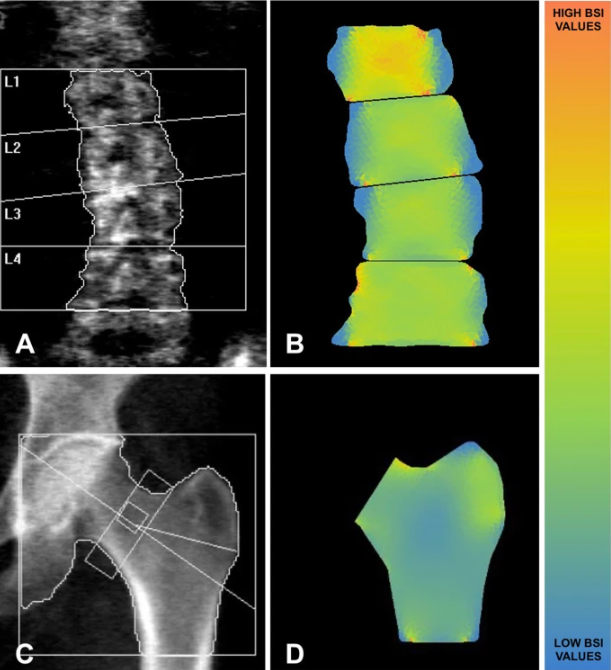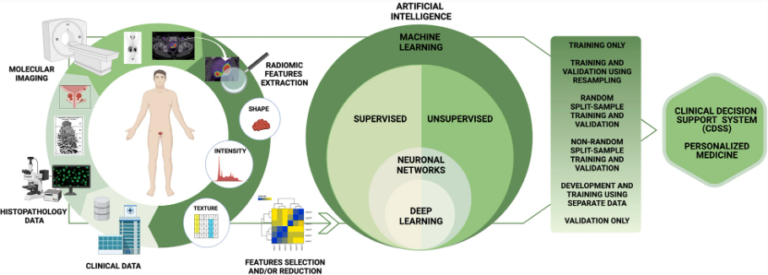
The latest developments in radiomics and AI may help against prostate cancer
The authors of this systematic review explored the currently available literature on artificial intelligence (AI) and radiomics applied to molecular imaging of prostate cancer. Due to the great promise that nuclear medicine holds regarding improving the quality of life for prostate cancer patients, this study looks at the myriad areas in which AI and radiomics can positively be applied to










